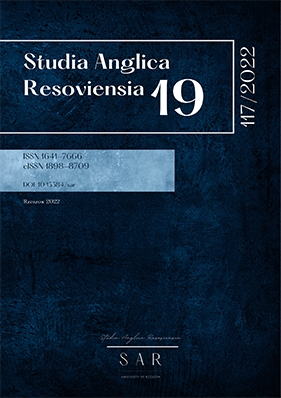Investigating user group behavior patterns in digital examinations
DOI:
https://doi.org/10.15584/sar.2022.19.4Keywords:
language education, language testing, digital assessment, technology, pandemicAbstract
Computer Mediated Communication (CMC), as well as Electronically Mediated Communication (EMC), is becoming a staple feature of many working environments. More recently, Computer Mediated Assessment (CMA) in the form of Testing Assessment Systems (TMS) has joined the ranks of arrangements where learning, information exchange and assessment take place in digital landscapes, where on top of deploying assessment, they constitute a meeting ground for teachers, assessors, and students/learners. Any such system has the potential to offer numerous other opportunities including amongst others a training platform, a system for creating learner portfolios, a vetting system for rating scale construction or a multimedia annotated corpus of learner language. Additionally, information stored in a TMS may be used for research purposes, collaborative arrangements for professional development, vetting and training solutions. This paper presents what has emerged from developing procedures and functionalities in digital exams, and what may appear as attractive opportunities offering insights into the functioning of digital assessment and digital testing environments. While, admittedly, functionalities presented here have been gradually, and while in most cases, added ad hoc to the system, over the course of eleven years since the environment was first put into operation, have come, not only to complement one another, but also to function as a coherent system. In their current state, they offer practical solutions in quality control, training, research, and systems forensics.Downloads
Download data is not yet available.
Downloads
Published
2022-12-15
How to Cite
Krakowian, P. (2022). Investigating user group behavior patterns in digital examinations. Studia Anglica Resoviensia, 19, 41–51. https://doi.org/10.15584/sar.2022.19.4
Issue
Section
Articles
License
Copyright (c) 2022 Studia Anglica Resoviensia

This work is licensed under a Creative Commons Attribution-NonCommercial 4.0 International License.

